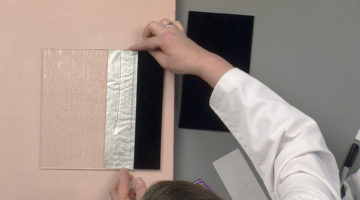
Working with Rolled Edges L123
In this lesson, we'll make a plate that illustrates one way to harness the unique qualities of rolled edges. We'll also cover some possible variations.

In this lesson, we'll make a plate that illustrates one way to harness the unique qualities of rolled edges. We'll also cover some possible variations.
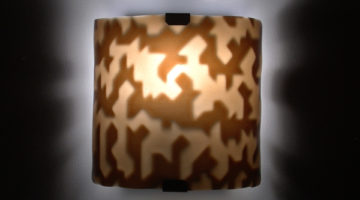
In this lesson we'll demonstrate how to design and fabricate your own lighting sconce.
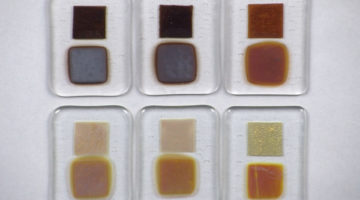
Bullseye's Alchemy Clear sheet glass styles change the appearance of silver foil when fired in direct contact with the glass. One style changes the silver to gold, the other changes it to bronze.
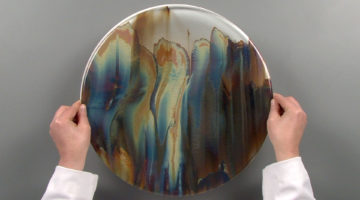
In this project-based lesson, we'll work with a streaky sheet glass style called Petrified Wood, which contains a unique combination of reactive glasses that develop with heatwork
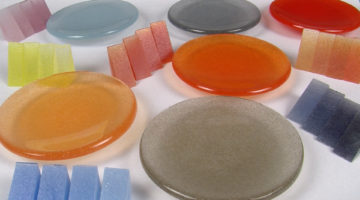
Frit tinting is a technique for creating specific color blends by adding colored glass powder to Clear frit. It broadens
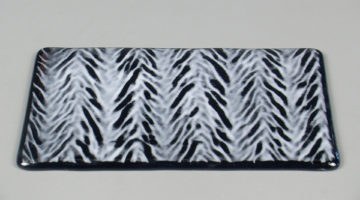
Line, shape, texture, form, and color. These Elements of Design are the basic components that make up an artwork.
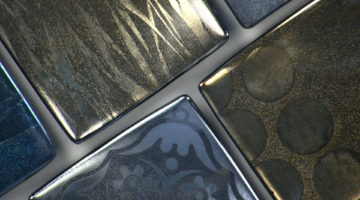
Clear powder with iridescent sheet glass can be a powerful design tool. Learn what you can achieve by firing clear powder in contact with iridescent coatings.
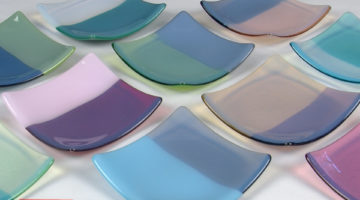
Opaline sheet glass has great potential to expand the color palette in kilnforming because it has the ability to create new colors with distinct properties. Learn more about using Opaline in this lesson.
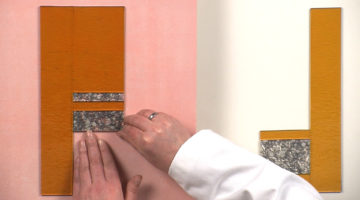
What should you expect when the part sheet is thicker than 3mm or if the surface is bumpy and irregular? Learn how to navigate these design choices in this lesson.
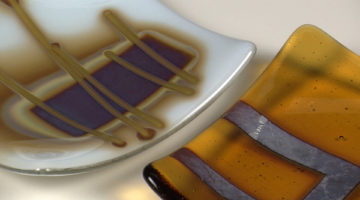
This introductory lesson will focus on working with three specific materials: copper leaf, silver foil, and gold foil.
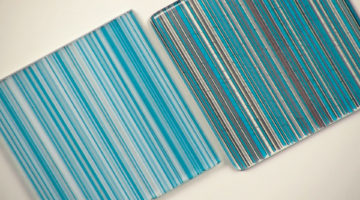
With certain glasses, chemistries will interact to create effects and different colors than what one might anticipate. Learn about the types of possible reactions, which can prove quite useful in art and design.